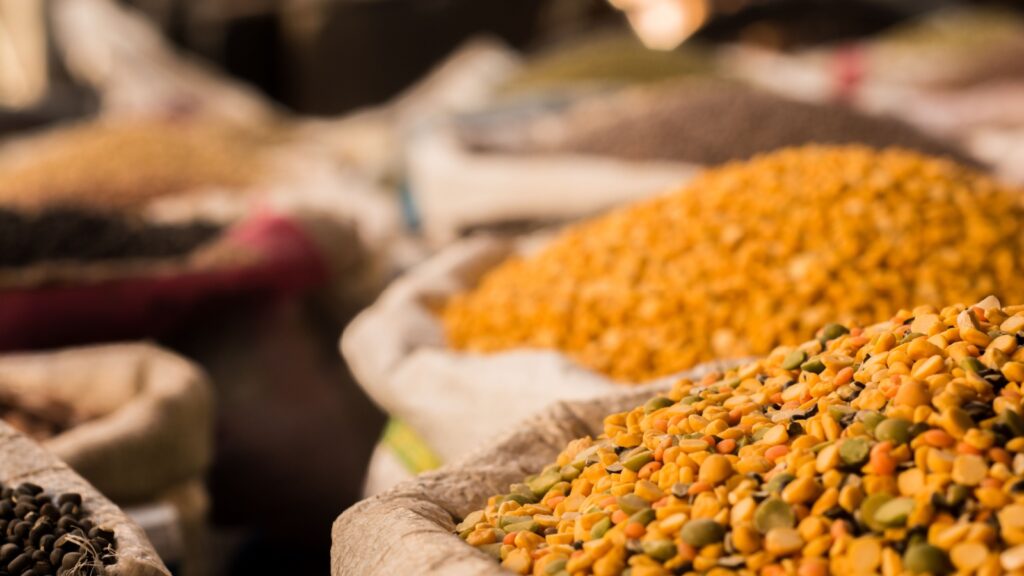Food prices in Canada keep rising, and many essentials could jump again as global supply chains tighten. Smart Canadians aren’t panicking—they’re planning. Stocking up on the right items before another price surge can save hundreds later. From pantry staples to everyday proteins, this list highlights the 19 groceries worth grabbing while they’re still affordable.
Dried Lentils and Beans
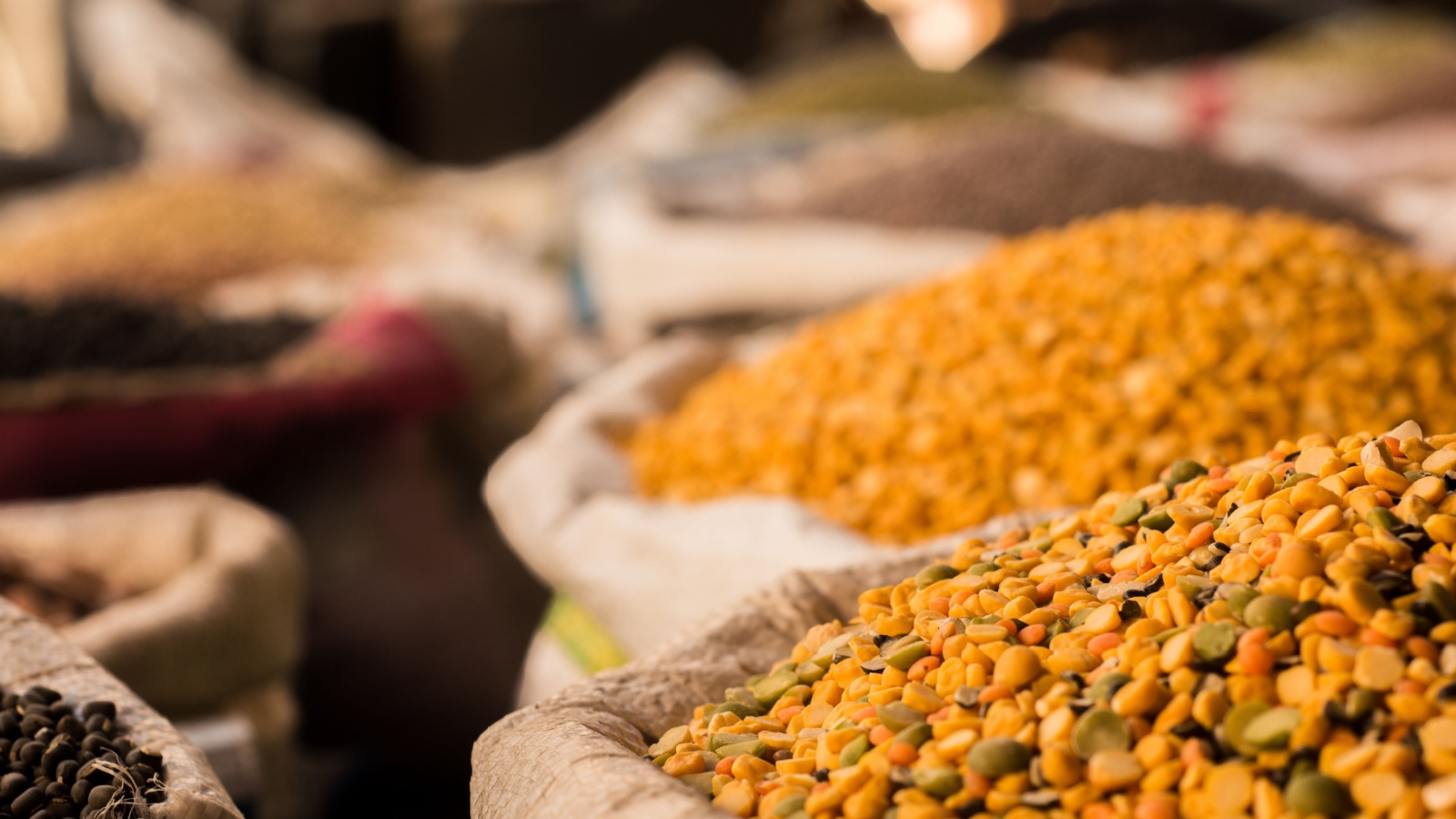
Protein-packed, budget-friendly, and shelf-stable—dried lentils and beans are an inflation-proof essential. Unlike canned versions, they last for years if stored properly. A one-kilogram bag can replace several meat-based meals. They’re high in fibre, iron, and complex carbs, making them perfect for hearty soups, stews, and curries. Canadians love them for their adaptability; they fit into almost any cuisine. Prices are already climbing due to global crop shortages, especially red lentils from Saskatchewan and chickpeas imported from India.
Canned Tuna and Salmon

Fish prices rise fast with fuel costs, but canned tuna and salmon remain relatively stable—until shipping costs spike again. These cans are packed with protein, omega-3s, and long shelf lives, making them a must-have in every Canadian pantry. Atlantic salmon and albacore tuna offer heart-healthy nutrients without breaking the budget. Canned versions can last three years or more if stored in a cool space. Use them in sandwiches, casseroles, salads, or quick meals during busy weeks. Whether you live near the coast or deep in the Prairies, these tins turn into instant dinners.
Flour and Baking Essentials

Flour, sugar, yeast, and baking powder—Canada’s quiet inflation survivors. When wheat prices fluctuate globally, flour prices here follow within months. Having extra on hand keeps costs predictable. During lockdowns, demand surged, and shelves emptied fast. Today’s shoppers are smarter. Flour can last a year when stored in a sealed container, and baking powder stays usable for up to two years. Stock these staples before prices jump again, especially ahead of winter when transport slows. Homemade bread, muffins, and pastries always beat store prices.
Peanut Butter and Nut Spreads
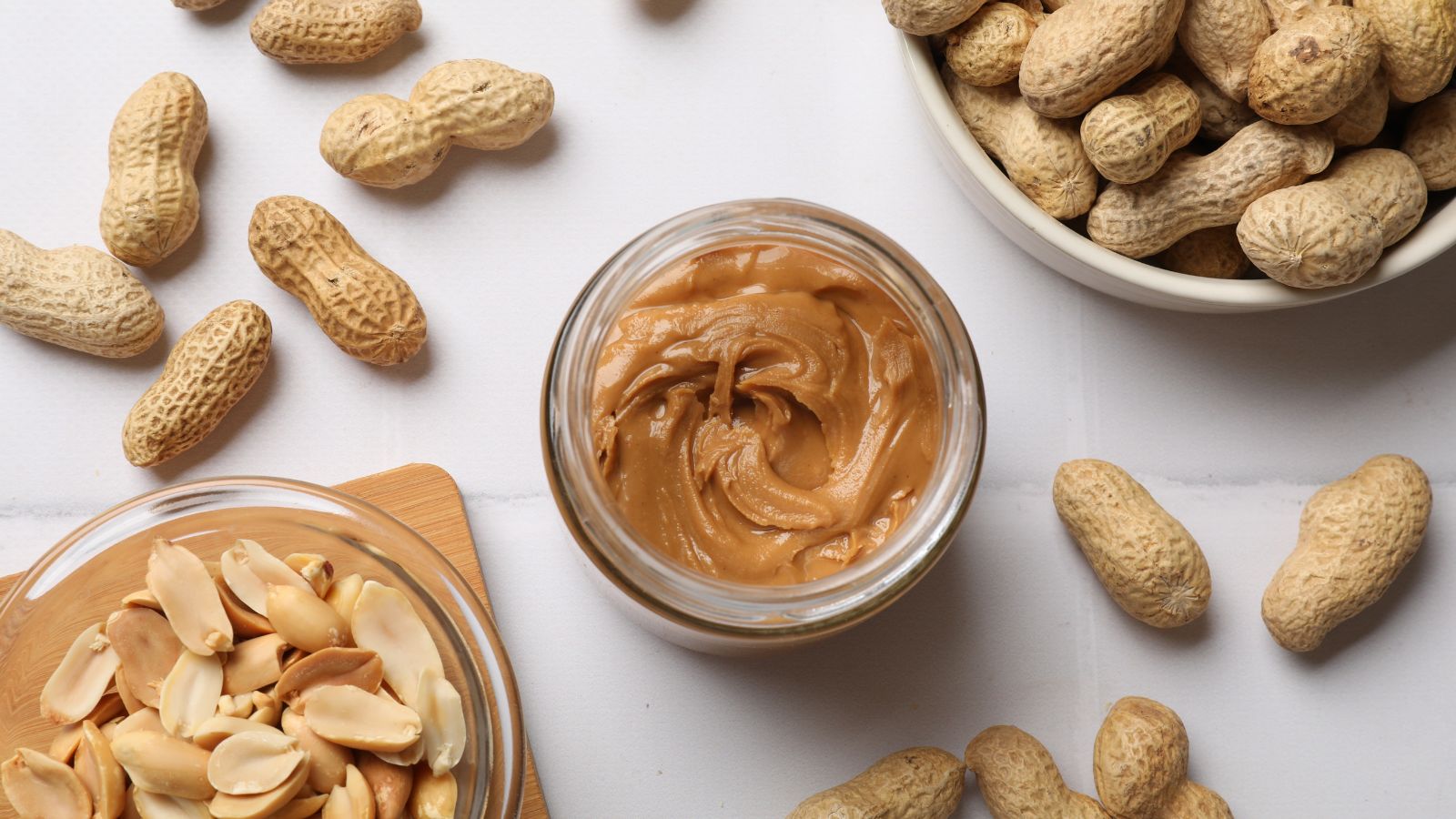
Peanut butter has quietly doubled in cost over the past few years, mainly because of rising nut prices and shipping costs. Yet it remains one of the best non-perishable protein sources. A jar lasts months unopened, and even longer refrigerated. Almond, cashew, and sunflower spreads follow similar price trends but add variety and nutrition. Peanut butter works in sandwiches, smoothies, and desserts—ideal for both quick meals and high-energy snacks. For families or students, it’s an unbeatable value. With droughts and crop volatility expected in U.S. peanut regions, prices could rise sharply.
Pasta and Noodles
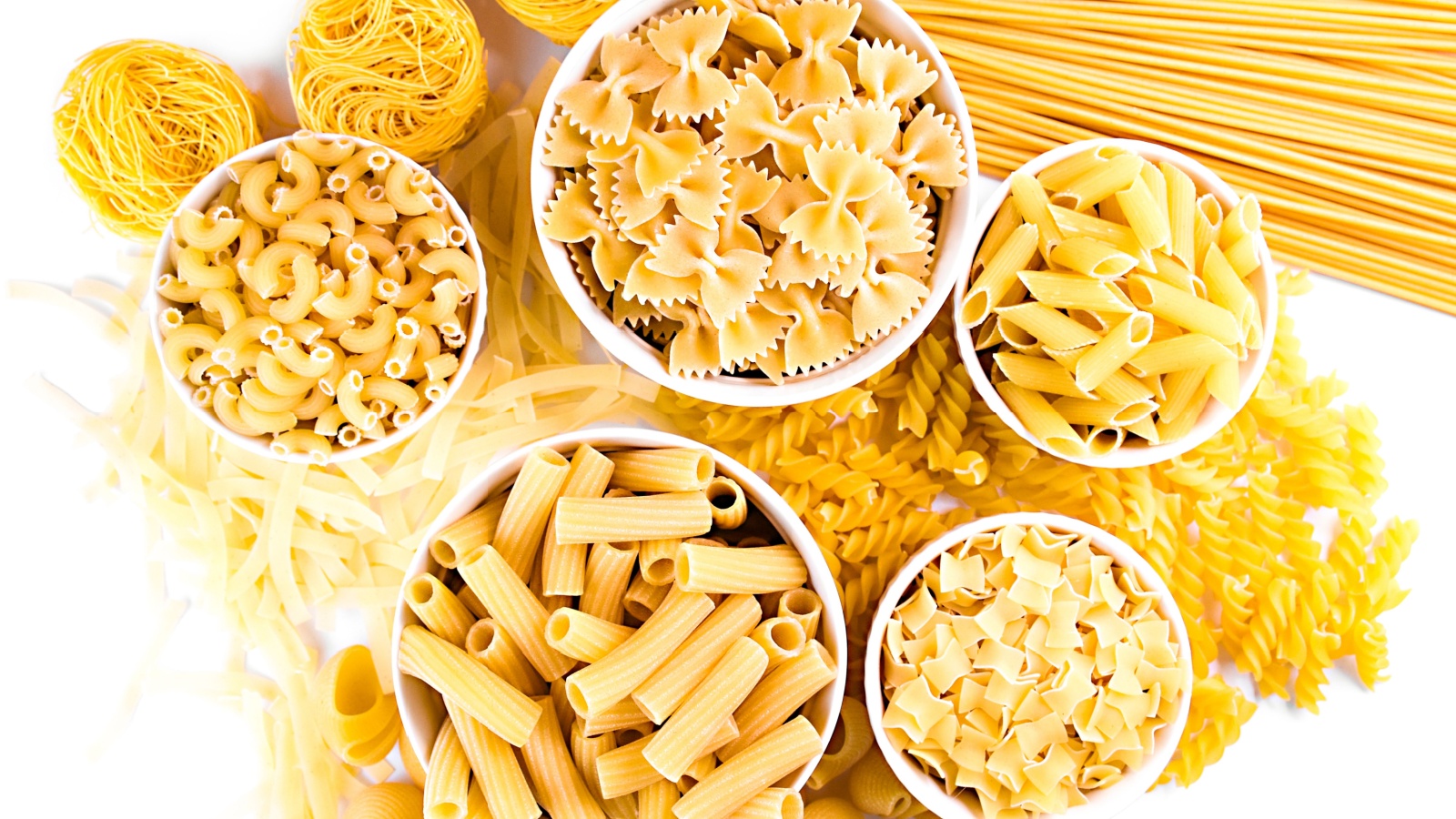
When global wheat markets spike, pasta follows quickly. But it’s one of the easiest and cheapest foods to store. Dried pasta lasts two years or more, making it a pantry cornerstone. It’s filling, versatile, and adaptable to endless sauces—from simple tomato to creamy Alfredo. During previous inflation periods, pasta sales in Canada surged because families could stretch every meal further. Pairing it with inexpensive proteins like lentils or canned fish makes balanced dinners on a dime. If transport or wheat yields drop again, pasta prices could rise 15–20%.
Cooking Oil (Canola and Olive)

Cooking oil is one of the most price-sensitive groceries in Canada. When crop yields drop or fuel costs climb, bottles can jump 30% overnight. Canola oil, a proud Canadian invention, remains one of the most versatile and heart-healthy options. Olive oil adds flavour and is ideal for sautéing, baking, and dressings. Both store well for up to two years if sealed and kept in cool, dark places. Buy larger containers and transfer into smaller bottles to preserve freshness. Prices already reflect last year’s global shortages—another rise could come soon.
Rice and Quinoa
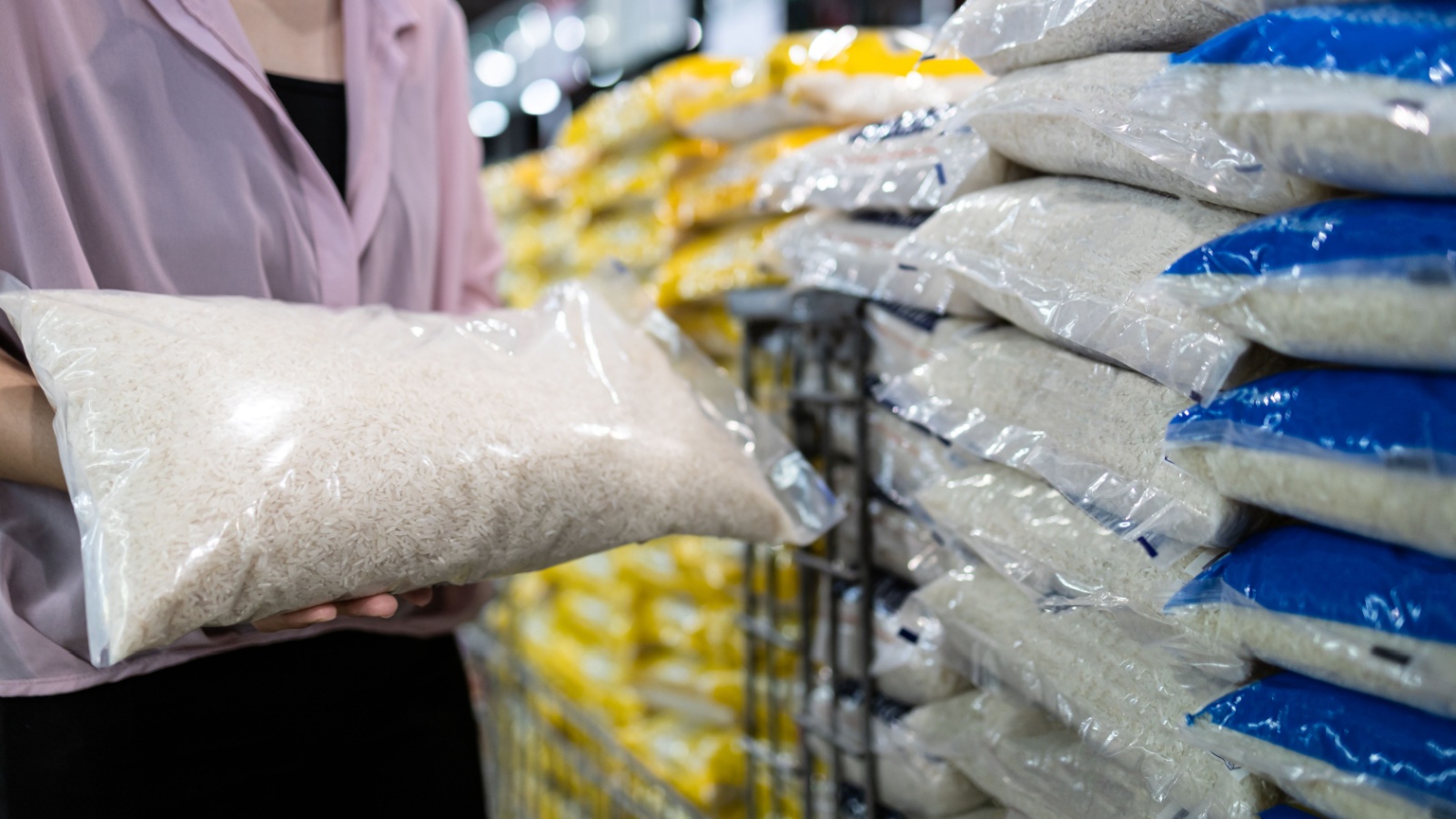
Global grain markets are unpredictable, and Canada imports much of its rice. Prices spike with shipping costs and crop failures abroad. Stocking up ensures affordable meals all year. Brown rice, basmati, and quinoa are long-lasting, healthy staples. They pair beautifully with curries, stir-fries, and soups. A single 10-kilogram bag can last a family for months if stored dry and sealed. Quinoa, cultivated partly in Western Canada now, remains costlier but offers complete protein and iron. If fuel or import costs rise again, grains will follow immediately.
Coffee and Tea

Few Canadians skip their morning brew—but global coffee and tea prices are soaring. Rising energy costs, unpredictable weather in Brazil and India, and currency shifts all play a role. Coffee beans and tea leaves store well if sealed airtight and kept away from sunlight. Bulk buying from local roasters or co-ops ensures freshness and saves money. Even instant coffee has seen 15–20% price hikes in recent years. Tea lovers should grab loose-leaf blends now before import costs rise again.
Frozen Vegetables and Fruits
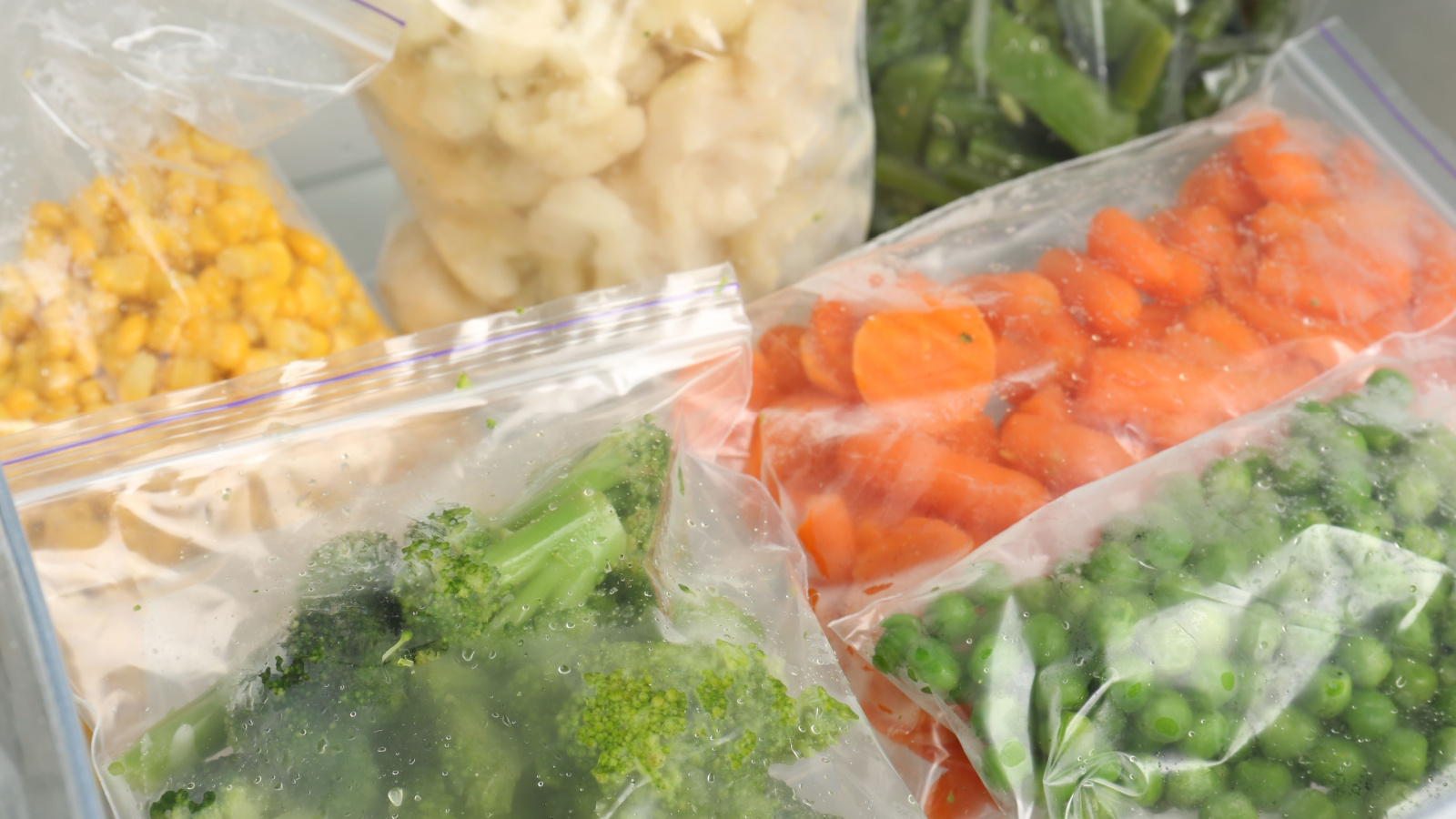
Fresh produce costs climb fastest in winter, especially for imported fruits and greens. Frozen vegetables and fruits offer the same nutrients at half the cost—and without spoilage. They last a full year when kept sealed and frozen. Buying during harvest season, especially local produce, stretches your budget far. Frozen berries, peas, and broccoli are favourites among Canadians for smoothies and side dishes. When freight costs spike, frozen goods rise fastest—so stock up when sales hit.
Oats and Breakfast Cereals

Oats are among Canada’s most underrated superfoods. They’re affordable, rich in fibre, and heart-healthy. Prices are rising due to poor Prairie yields and higher processing costs. Stocking up on rolled or steel-cut oats ensures steady breakfast options for months. They last up to two years in airtight containers. Add milk, fruit, or peanut butter for quick, nourishing meals. Even packaged cereals have jumped in price by 10–15%. Oats, however, stay cost-effective.
Shelf-Stable Milk and Dairy Alternatives

Milk prices are among the most volatile in Canada, tied to feed, fuel, and packaging costs. Shelf-stable milk—such as UHT cartons—offers long storage life without refrigeration. Non-dairy options like oat, almond, and soy milk also last up to a year when unopened. These alternatives are vital for northern communities during the winter months when supply chains slow. Buying cases now saves later, especially as global packaging and shipping costs rise. For families, milk alternatives mean security—nutrients that don’t spoil when delivery trucks are delayed.
Canned Soups and Broths

Canned soups and broths are reliable pantry champions. When meat, vegetables, or electricity costs spike, they provide quick, comforting meals that require no extra prep. Canadian brands like Campbell’s or Habitant offer rich flavours and long shelf lives—often up to three years. A case bought on sale can save you significantly compared to buying fresh ingredients during inflation peaks. Broth also forms the base for countless dishes, stretching your ingredients further. During winter storms or grocery shortages, canned soups are quiet lifesavers.
Frozen Meat and Poultry

Fresh meat prices fluctuate faster than any grocery item, especially beef and chicken. Freezing ensures stable costs and steady protein supply. Buy in bulk when local stores discount family packs, then portion and freeze. Vacuum sealing helps meat last up to a year without freezer burn. Many Canadians also shop at warehouse stores or community butchers to save on bulk cuts. When supply disruptions hit, frozen meat keeps budgets intact. Having extra ground beef or chicken breasts means peace of mind during long winters or economic uncertainty.
Potatoes and Root Vegetables
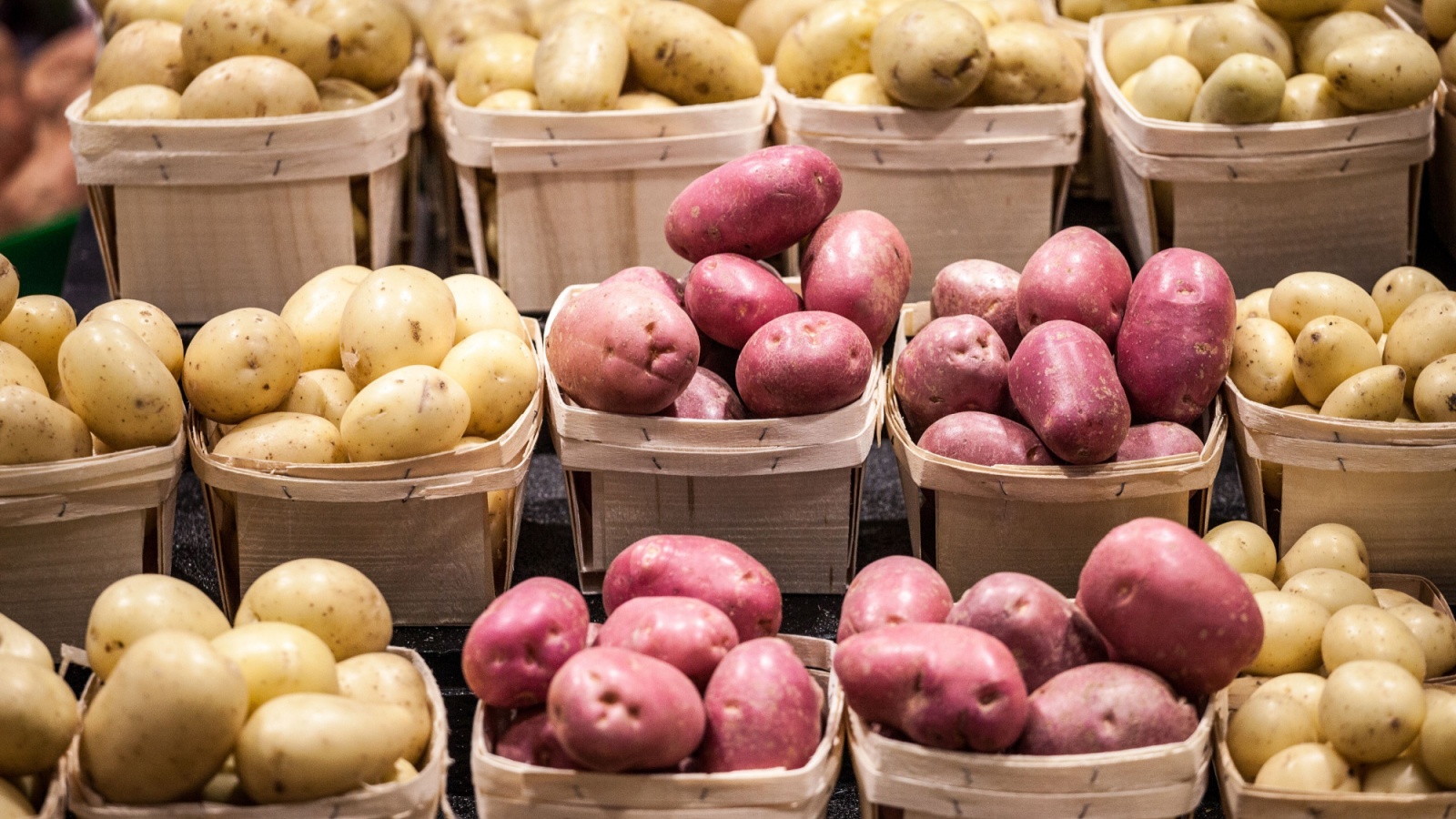
Potatoes, carrots, onions, and turnips are underrated inflation fighters. They’re affordable, nutritious, and store naturally for months in cool, dark places. During past supply shortages, root vegetables carried Canadian kitchens through tough seasons. They’re the backbone of soups, stews, and roasted meals. Buying in bulk directly from local farms or winter markets saves even more. As fertilizer and transport prices rise, expect root vegetables to follow. Stock them now while farm bins remain full. These humble crops have kept Canadians full for centuries—and they’ll keep doing it long after price charts spike.
Salt, Spices, and Condiments

Seasonings are small in size but big in value. Prices for spices like pepper, turmeric, and cinnamon rise with global shipping costs. Stocking up now saves you from paying double later. Salt never expires, and dry spices can last up to three years if sealed properly. Condiments like mustard, vinegar, and soy sauce add variety to budget-friendly meals. Canadians often overlook how inflation hits imported flavour first—spices travel far. Keeping your spice rack ready ensures every affordable meal still tastes rich. Even in tough times, a well-seasoned dish feels luxurious.
Canned Tomatoes and Sauces

Canned tomatoes are the base of countless Canadian favourites—pasta, chili, soups, and stews. But climate events in Italy and California have cut harvests, raising global prices. A single case of diced or crushed tomatoes can last two years when stored properly. Tomato paste and sauce stretch even further for quick, comforting meals. Stocking up before the next import hike ensures steady access to one of the world’s most versatile ingredients. Whether you’re making lasagna in Montreal or chili in Winnipeg, these cans keep your cooking stable when inflation rises.
Honey and Maple Syrup
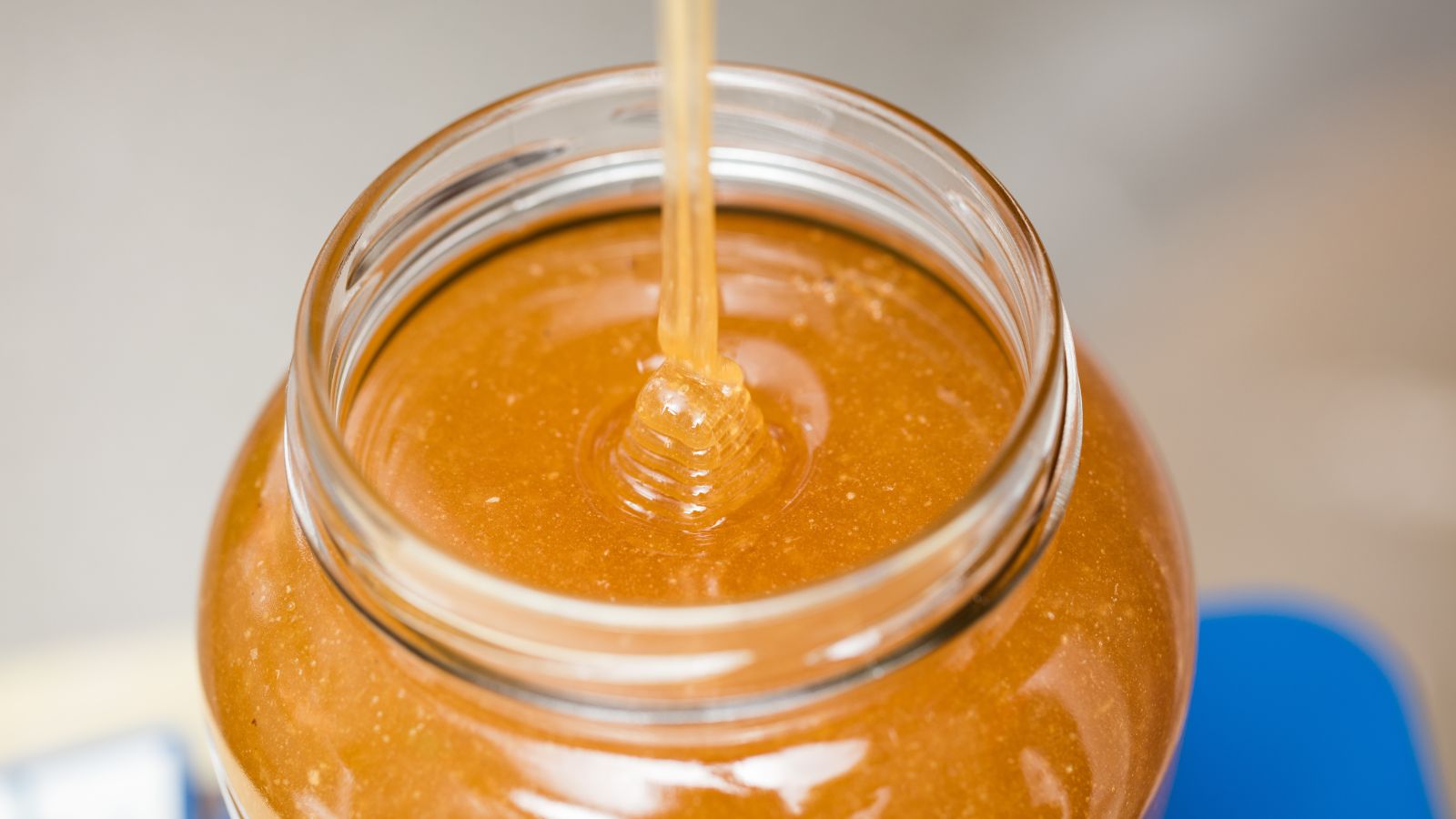
Natural sweeteners are delicious, healthy, and durable. Honey never spoils—it can last indefinitely when sealed properly. Maple syrup, Canada’s liquid gold, can keep for years refrigerated after opening. Rising demand and reduced harvests already pushed prices upward. Buying local supports producers while securing long-term pantry gold. A small jar of honey sweetens hundreds of dishes naturally. Maple syrup adds pure taste to breakfasts, marinades, and desserts. With global sugar prices fluctuating, natural sweeteners are the smarter—and tastier—alternative to processed sugar.
Frozen Bread and Tortillas
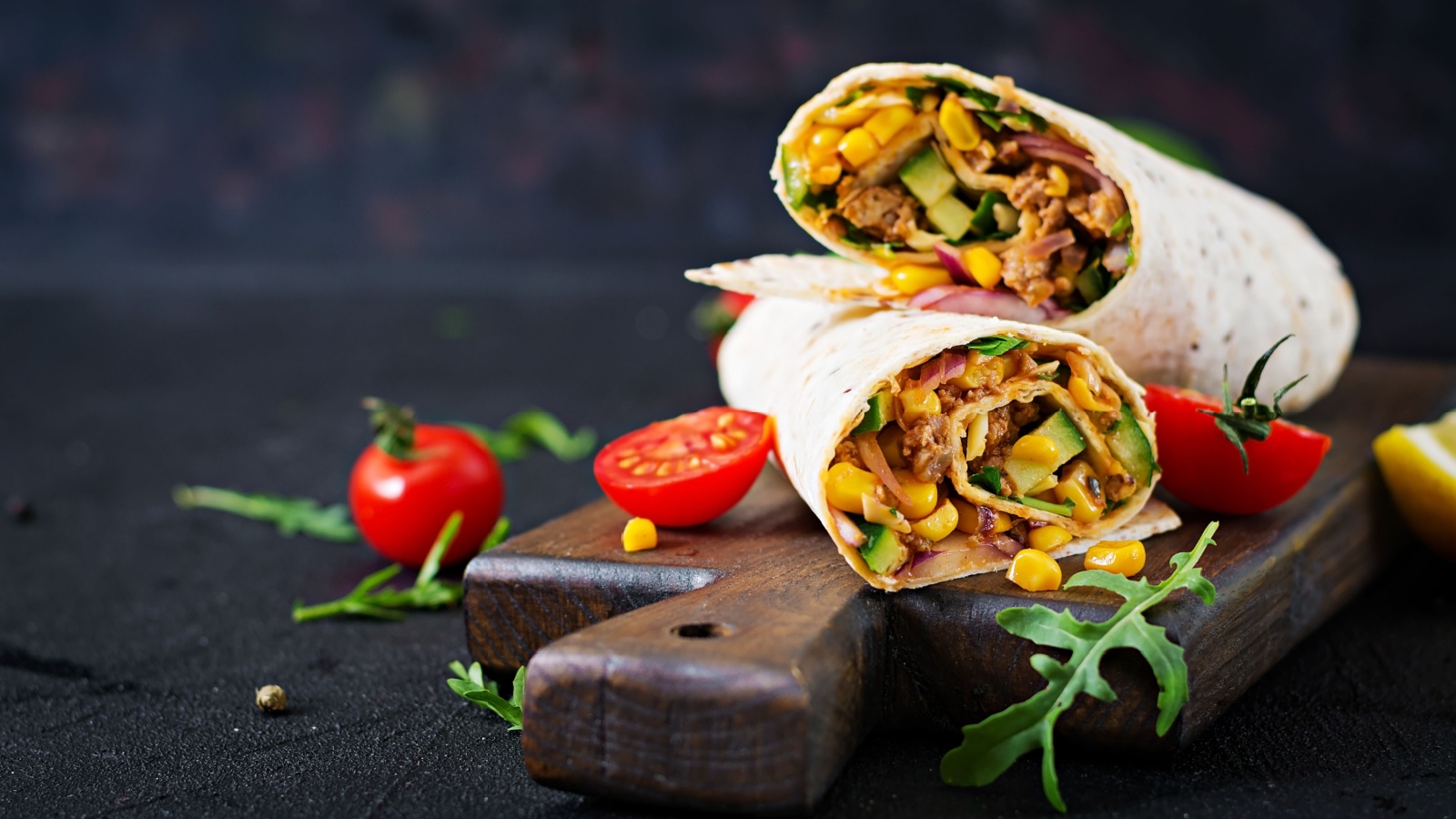
Bread prices rise sharply with wheat costs, but freezing keeps them affordable longer. Many Canadians now freeze multiple loaves or tortilla packs during sales. Bread stays fresh for up to six months when properly wrapped. Frozen tortillas save space and thaw in minutes for wraps, pizzas, or quick breakfasts. Baking at home is rewarding, but frozen bread ensures backup during price spikes or shortages. It’s one of the simplest inflation strategies—stock up when it’s cheap, and you’ll never face sticker shock at the bakery aisle again.
Toilet Paper and Paper Goods

While not food, paper products are essential to grocery budgets. Prices rise with fuel and wood pulp costs, both common inflation drivers. Stocking extra ensures stability during sudden shortages or panic-buying waves. Canadian households learned this lesson early during the 2020 supply crunch. Buying large packs from warehouse stores cuts per-unit cost and saves repeat trips. Paper towels, napkins, and tissues follow similar patterns—nonperishable, always useful, and increasingly expensive. A stocked closet means less stress when prices spike unexpectedly.
21 Products Canadians Should Stockpile Before Tariffs Hit

If trade tensions escalate between Canada and the U.S., everyday essentials can suddenly disappear or skyrocket in price. Products like pantry basics and tech must-haves that depend on are deeply tied to cross-border supply chains and are likely to face various kinds of disruptions
21 Products Canadians Should Stockpile Before Tariffs Hit
